Life After Cyclone Idai
See how Malawians were able to rebuild their homes after they were washed away
When disasters strike, they don’t just take away homes and devastate livelihoods. They can leave people vulnerable to disease, affecting families and whole communities long after the disaster has passed.
Flooding is one of the worst disasters for insect-borne diseases likes malaria. Caused by storms, tsunamis, cyclones, and hurricanes, flooding leaves stagnant water behind which creates a breeding site for mosquitoes.
Mosquito nets are one of the most common ways to prevent the spread of malaria and other mosquito-borne diseases such as Zika Virus, dengue and yellow fever in high-risk countries across the world.
Right now, families in cyclone-battered Malawi and other places in the world are in urgent need of mosquito nets. By sleeping under nets coated with insecticide, families can minimize the chances of deadly malaria infection.
In countries where insect-borne diseases are common, the mosquito nets we provide can simply and effectively make families feel safer.
Coated with insecticide, the nets offer an extra layer of protection by killing insects on and around the net.
Our mosquito nets are treated with a combined insecticide-synergist chemical. A synergist is a chemical that enhances the effectiveness of other chemicals, in this case, the insecticide. This means that our insecticide-synergist treated nets can work in areas where mosquitoes are resistant to insecticide.
Sleeping under mosquito nets is one of the best ways for families to protect against malaria. Today, about 53% of the population in sub-Saharan Africa is protected by bed nets, compared to just 2% in 2000. The region accounts for more than 90% of the world’s deaths due to malaria (CDC).
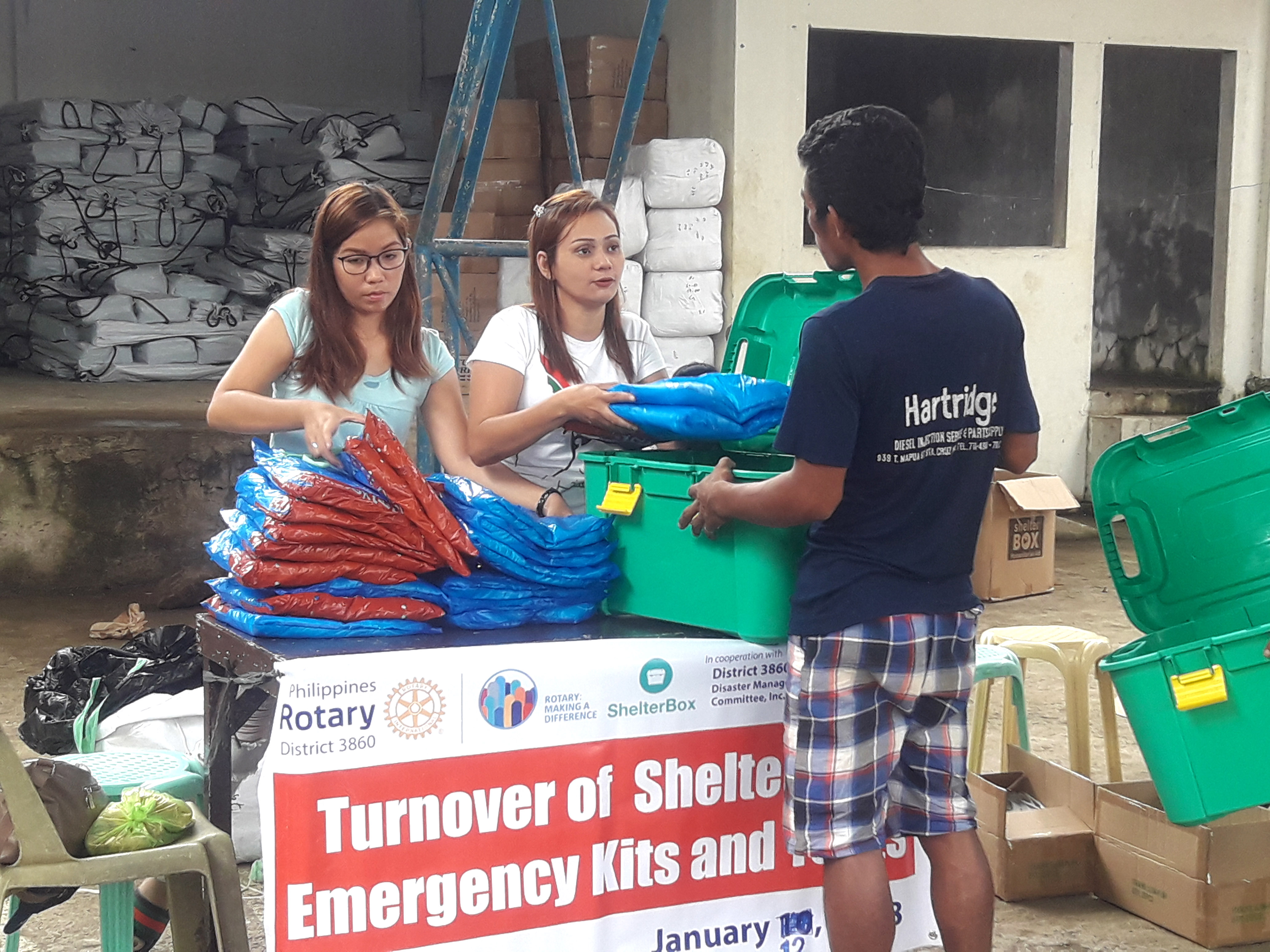
Hawa had to flee her home when Boko Haram attacked her village. She now lives at Minawao refugee camp in Cameroon.
Hawa and her young daughter have both suffered from malaria in the past, as the camp attracts a lot of mosquitoes. Afterwards, Hawa would stay awake at night trying to keep the mosquitoes from biting her daughter.
The mosquito nets we provided them with have made the family feel safer, sleeping a little bit better at night. Hawa says:“This (mosquito net) is one of the most enjoyable items I received. I was so excited to try it in my shelter. I wanted to know what my first night in it would look like. So, I directly fixed it in my shelter and let me tell you that for almost one week I was doing everything under my mosquito net: dressing, resting, eating… (laughs).”
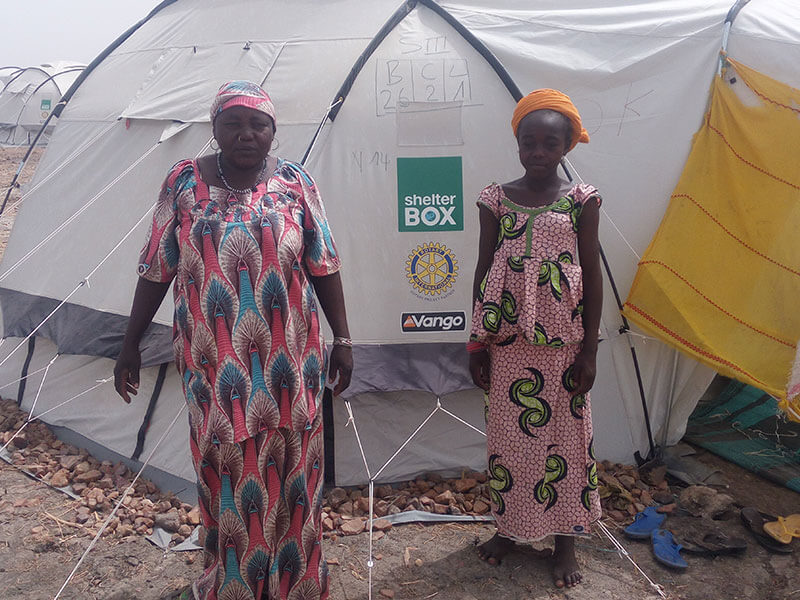
When Boko Haram started attacking Abdou’s village in the Lake Chad Basin, Abdou’s family found refuge in a camp in Chad.
The refugee camp is located 5km from a river which is an ideal habitat for mosquitoes. Abdou and his family were in danger of being infected by malaria.
The mosquito nets made the family feel safer, allowing them to sleep a little bit better at night. Abdou says:
Faced with our precarious situation, the support received from ShelterBox is of great help to me.”
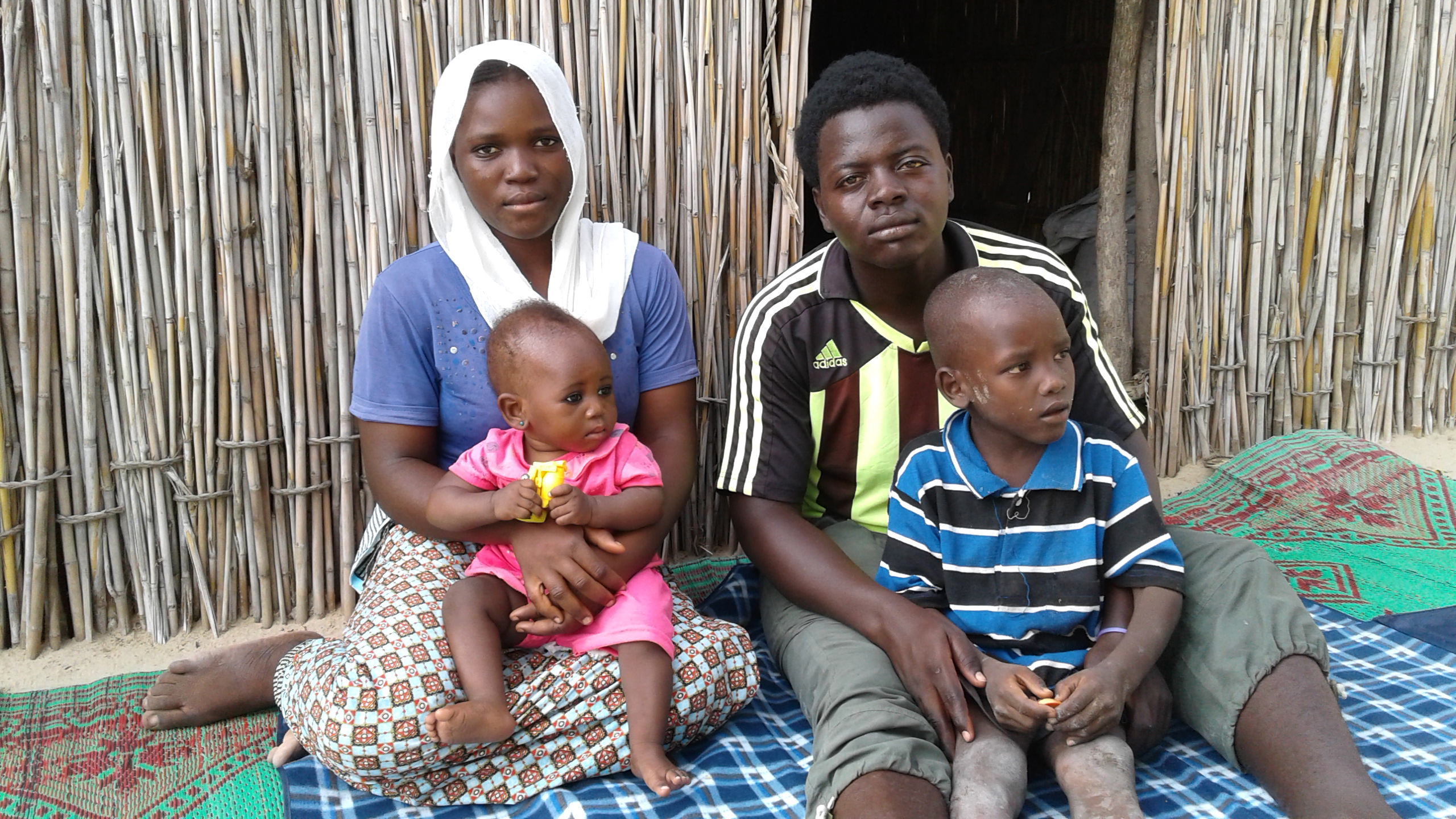
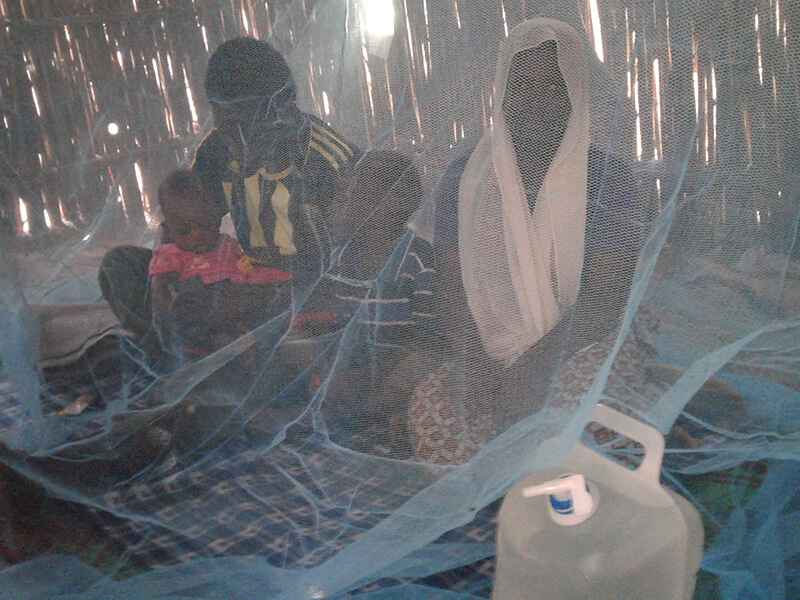
What is malaria and how does it spread?
Malaria is caused by the Plasmodium parasite, which is spread by female Anopheles mosquitoes. These are known as “night-biting” mosquitoes because they most commonly bite between dusk and dawn.
The parasite enters the bloodstream and travels to the liver. The infection develops in the liver and then re-enters the bloodstream and attacks the red blood cells.
Some of the symptoms include fever, chills and sweating, vomiting, muscle pains, and diarrhea.
Do all ShelterBox responses include mosquito nets?
Every disaster is different and so are the needs of each affected community. We work with families to provide the items that will best help them to recover – and mosquito nets are usually needed when affected areas are at risk from insect-borne diseases like malaria, Zika, and Dengue Fever.
Whenever we give mosquito nets we also provide training so families know how to use them in the most effective way.
How long can a mosquito net be used for?
A mosquito net can be washed up to 20 times with soap and water.
How many mosquito nets do families get?
We provide at least two mosquito nets to each family we support.
We spoke to families in the Philippines, where we responded to Tropical Storm Usman, about the mosquito nets they received.
We found out that most families use mosquito nets during the night, whilst sleeping. Others use their mosquito nets for fishing, or to protect their crops. Marlito is one of them:
I use one of the nets to protect my family from mosquitoes at night, and the other I use on my farm to keep animals away from crops.
Families also told us that they were satisfied with the size and number of mosquito nets they received, as they protected the whole family. Wilma told us:
We really like the mosquito nets you have given us as they are high and we are able to stand up in them.
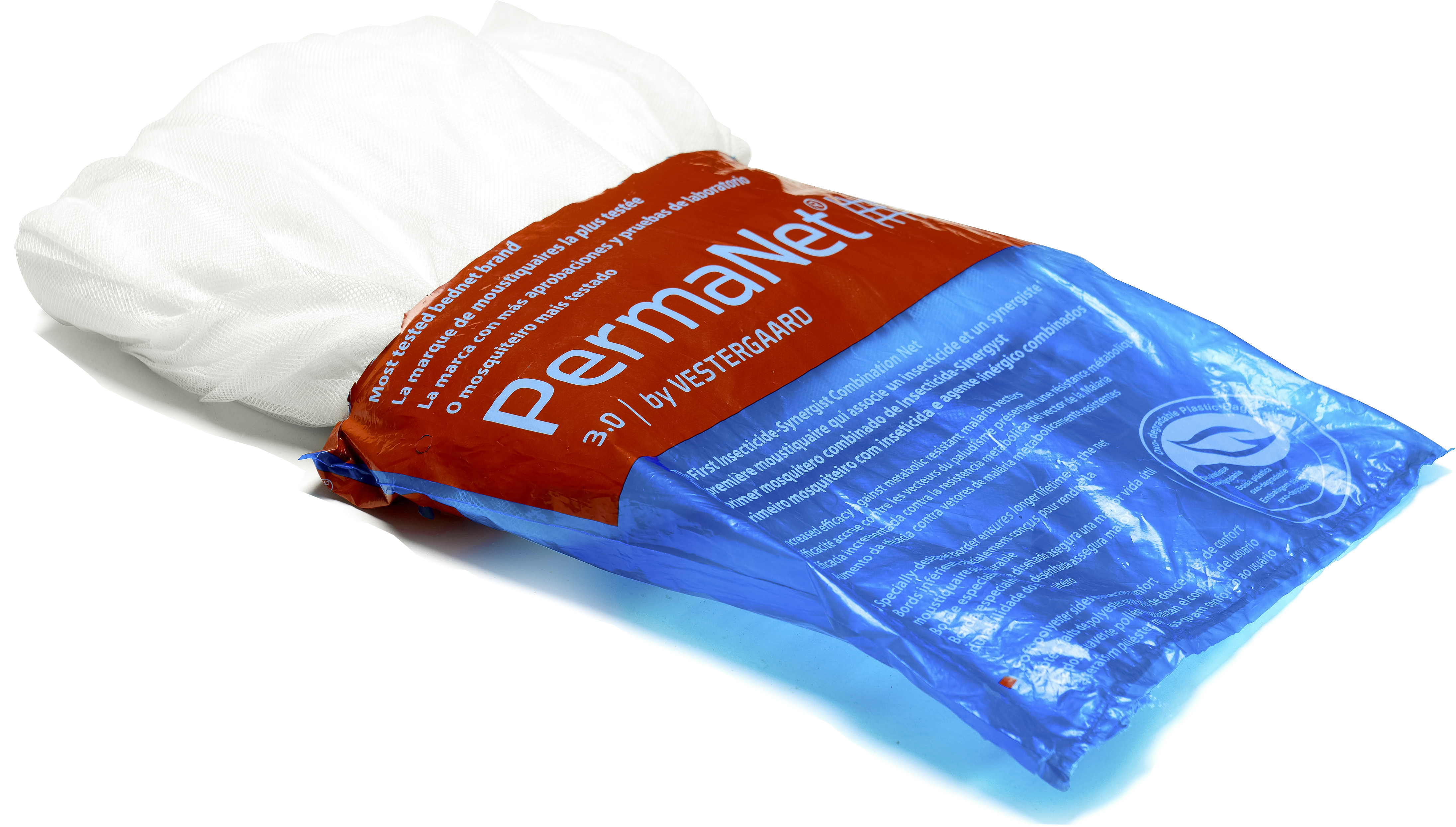
See how Malawians were able to rebuild their homes after they were washed away
Devon photographer Sian Davey has teamed up with ShelterBox to show how families have rebuilt in Malawi
Six months ago Cyclone Idai hit southern Africa, washing away entire villages like Mwalija in Malawi.
Having lost everything after Cyclone Idai, Stephano and Mary were determined to rebuild their livelihoods. Their story is one of recovery.